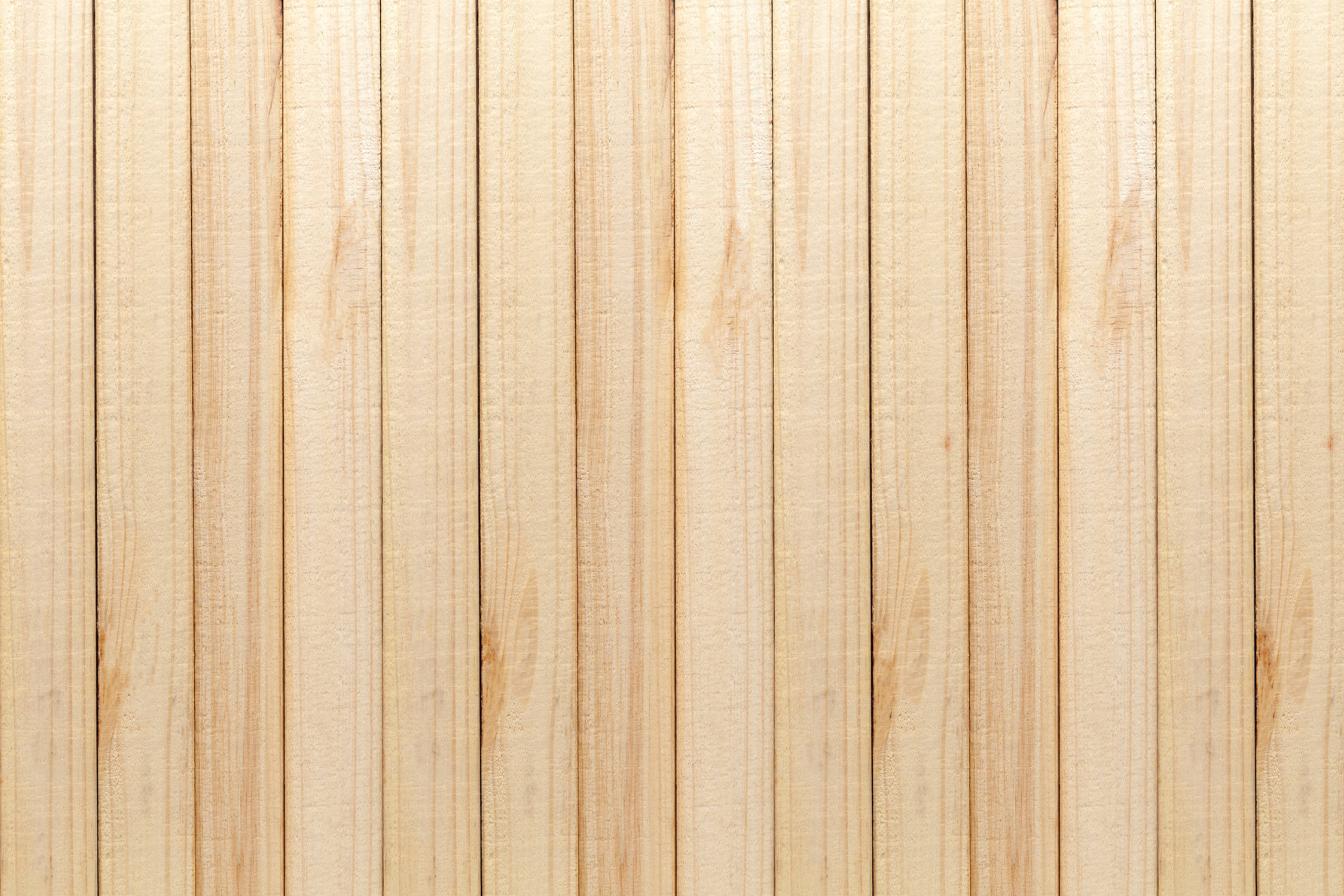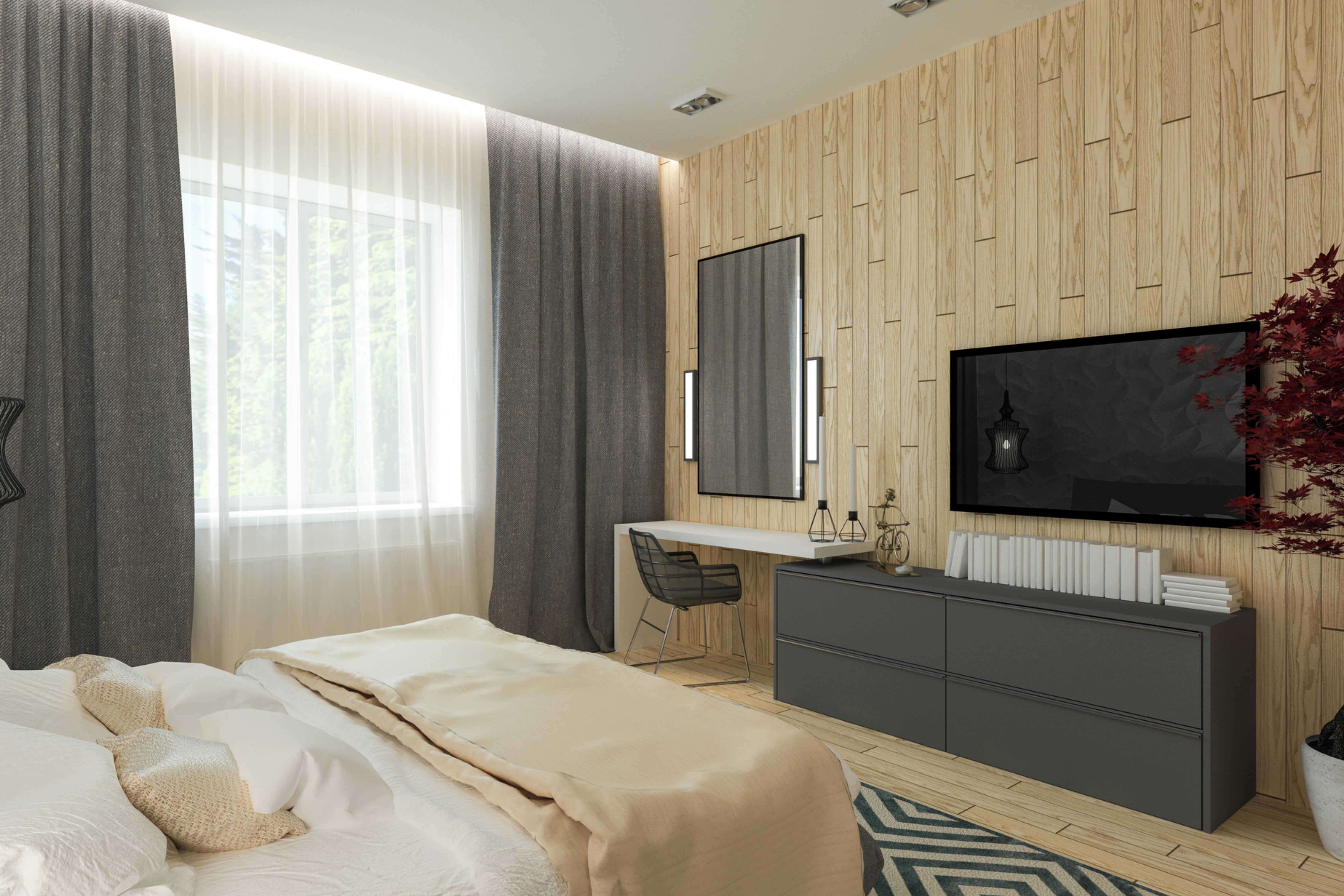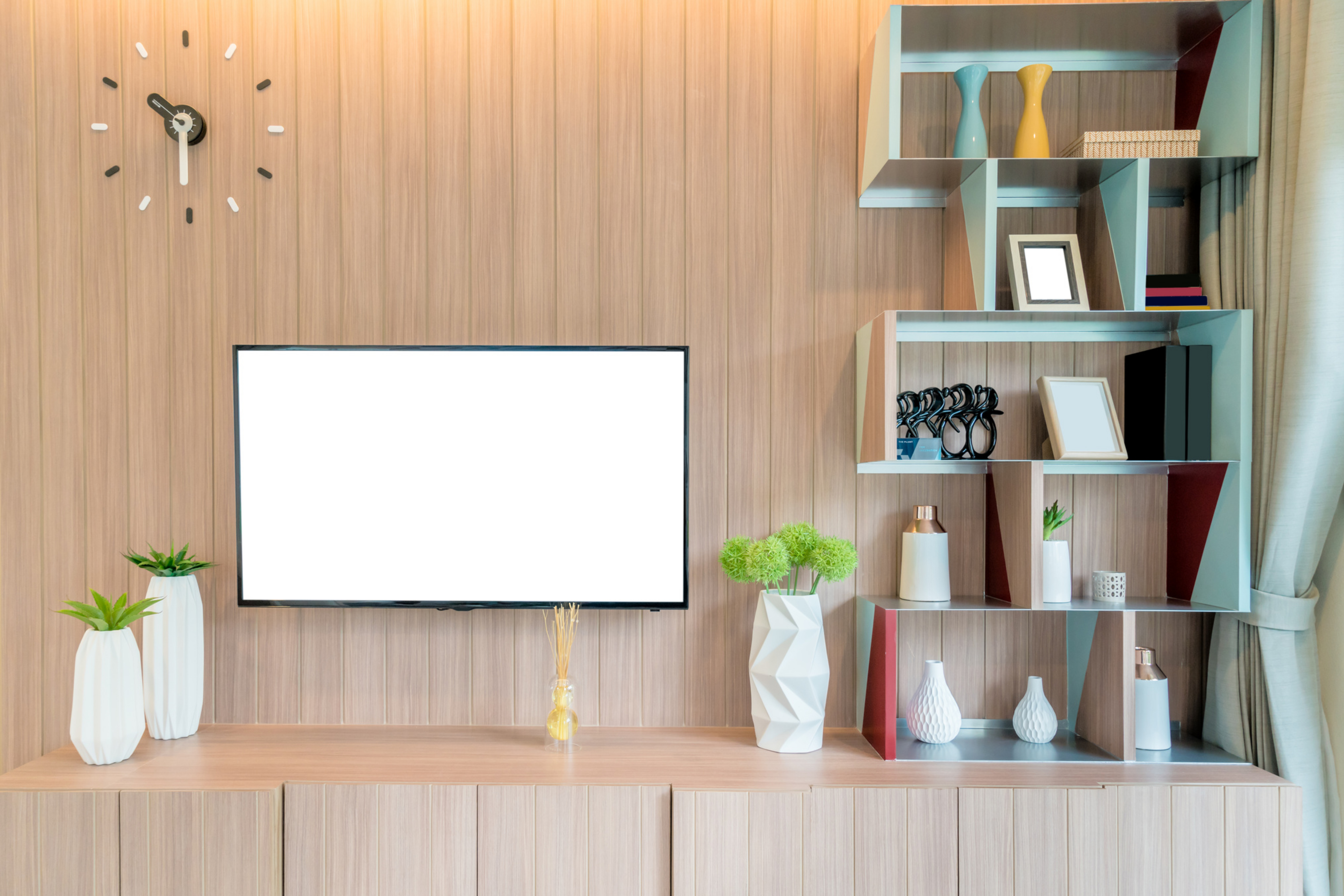Acoustics is the science of how sound behaves in space, and it affects the comfort, productivity, and well-being of the people who use the room.
The purpose of this article is to explain the role of wooden acoustic panels in improving room acoustics and how they can benefit different types of spaces.
What Are Acoustic Wood Panels? Their Characteristics And Types?
These type of acoustic panels are sound-absorbing materials manufactured from timber or wood-based materials. They are intended to enhance a room’s acoustics by reducing undesirable commotion and enhancing sound quality.
Characteristics of Wooden Acoustic Panels
W. A. panels have distinct qualities that make them appropriate for acoustic applications. These characteristics include:
- Their natural and aesthetically pleasing appearance allows them to complement a variety of interior design styles.
- Their high coefficient of sound absorption can reduce reverberation and resonance in a room.
- They have a minimum thermal conductivity, which allows them to provide insulation and energy efficiency.
- They are extremely durable and resistant to water, fire, and vermin.
Different Types Of Wooden Acoustic Panels
W.A. Panels vary in shape, size, thickness, density, and finish on the surface. Examples of common kinds include:
- Perforated w.a. panels: These panels have small openings or perforations on their surface that enable sound waves to pass through and be absorbed by the material beneath.
- Grooved w. a. panels: These panels have parallel grooves or openings on their surface that create channels for sound waves to penetrate and be absorbed by the underlying material.
- Diffuser w. a. panels: These panels have irregular or geometric shapes on their surface, which disperse and diffuse sound waves in various directions.
The Environmental Impact Of Wooden Acoustic Panels
Another factor that makes wooden acoustic panels more appealing is their eco-friendly nature. With a focus on sustainability, many manufacturers produce these panels from reclaimed wood or responsibly sourced timber. Besides, wood is a renewable resource, and wood-based products are biodegradable, thus contributing less to environmental pollution.
The ecological benefit extends beyond production. Wooden panels can enhance a room’s energy efficiency by acting as an additional layer of insulation, reducing the need for artificial heating or cooling.

Benefits Of Using Wooden Acoustic Panels
Installing a Wooden acoustic panel is an excellent option for enhancing the acoustics and aesthetics of any space.
Listed below are some of the advantages of utilising timber acoustic panels:
Sound Absorption
These panels can absorb undesirable sound waves and reduce pollution levels effectively. The effectiveness of wooden acoustic panels extends to various environments.
In residential spaces, they can make living rooms and bedrooms more comfortable by reducing echo and noise intrusion from outside sources. They can also enhance home theaters by improving sound clarity and reducing audio distortion.
For commercial spaces, such as offices, restaurants, and hotels, these panels can create a better ambience by reducing ambient noise, thus allowing for better conversation and concentration.
In educational institutions, such as schools and libraries, the panels help to create quiet environments conducive to learning and studying.
In music studios and concert halls, they enhance sound quality, creating a desirable soundstage for recordings and performances.
Aesthetics
They are available in a variety of shapes, sizes, colours, and treatments to complement any aesthetic. They can create a cosy, natural atmosphere in any room.
Besides improving room acoustics, wooden acoustic panels also serve as an integral part of interior design. They can add warmth and texture to the room, creating a cozy and inviting atmosphere.
Additionally, they can serve as an art piece, especially when designed with custom patterns, or when different wood types are combined to create a distinct visual effect.
They can also be used to define spaces or create visual interest in large, open areas. By strategically placing the panels, one can subtly differentiate different functional areas within a room.
Durability
They are constructed from high-quality wood that is impervious to moisture, fire, insects, and decay. They have an extended lifespan.
Easy Installation
They are simple to install and uninstall. They can be installed on walls, ceilings, and floors using basic hardware and tools.
Cost Effectiveness
By reducing the need for artificial heating and ventilation, these panels can reduce energy costs. They can also increase the property’s value and aesthetic appeal.
Acoustic Panels And Property Value
While the upfront cost of installing wooden acoustic panels can be high, they can add value to the property in the long run.
Enhanced acoustics can make a space more desirable, especially in commercial properties where noise levels can affect productivity and customer satisfaction.
For residential properties, a well-designed sound environment can make the space more appealing to potential buyers, especially those who value tranquility or have specific acoustics needs, such as musicians or home theater enthusiasts.

Factors To Consider When Choosing Wooden Acoustic Panels
Wooden acoustic panels enhance sound and decor. Before buying panels, you need to consider various variables. The key ones are:
1.Room Size
Panels and placement depend on room size. Larger rooms need more panels to cover the walls and ceiling, whereas smaller spaces just need a few properly placed panels.
2. Room Purpose
Panel selection depends on room use. A home cinema or recording studio needs panels that absorb low-frequency sounds and eliminate echoes and reverberation. If you want a warm, cosy living room or bedroom, use panels that absorb high-frequency noises.
3. Material Quality
Panel material quality is also important. Look for wood-based panels like MDF or plywood. These materials improve room acoustics.
4. Panel Design
Panel design affects aesthetics and usefulness. Panels should complement your room’s design, colour scheme, and taste.
5. Budget
Choose wooden acoustic panels based on your budget. Size, quality, design, and installation affect panel prices.

Installation And Maintenance
Wooden acoustic panels improve sound and decor. Depending on impact and space, they can be mounted on walls, ceilings, or floors. Wooden acoustic panels are easy to install with minimal equipment.
Installation Process
- Determine room measurements and panel arrangement. Mark the panels and wall studs with a tape measure, level, pencil and stud finder.
- Cut panels to room size. Cut panels to size with a circular saw jigsaw, or table saw. Cut using goggles and gloves.
- Screw, nail, or glue panels to the wall. To attach panels to walls, use a drill, hammer, or caulking gun. Align panels with studs and provide openings for ventilation and expansion.
- Repeat for ceiling and floor panels as needed. Hang ceiling panels from joists with brackets, clips, or rails. You can glue, nail, or screw floor panels to the subfloor.
Maintenance Tips
- Wooden acoustic panels are durable. They don’t need special cleaning.
- Vacuum or dust panels regularly. This will keep dust and grime from harming the panels’ sound absorption and reflection.
- Clean spills and stains with water or mild detergent. Avoid aggressive chemicals and abrasives that might harm panel finishes.
- Protect panels from direct sunshine, severe temperatures, and humidity. These variables can stretch, shatter, fade, or mould the panels.
- Fix damage immediately. Fix cracks, holes, and loose panels with wood filler, glue, nails, or screws.
Future Of Wooden Acoustic Panels
With advancements in technology and design, the future of wooden acoustic panels looks promising. There’s potential for innovation in the creation of more efficient sound-absorbing materials, improved customization options, and eco-friendly manufacturing practices.
Emerging trends include the incorporation of smart technology into the panels, such as embedded speakers or sound sensors that can adjust the room’s acoustics based on the current needs or usage.
As the appreciation for good acoustics in our living and working spaces continues to grow, so will the use of wooden acoustic panels. They are not only a practical solution for sound management but also an aesthetic choice that enhances our spaces’ visual appeal and comfort.

Conclusion: The Significance of Wooden Acoustic Panels
In conclusion, wooden acoustic panels play a significant role in improving room acoustics, creating comfortable and productive environments. They offer more than just aesthetics; their sound absorption properties significantly reduce unwanted noise, improving the overall sound quality in a room.
While the process of choosing and installing the right panels can seem daunting, considering factors like room size, purpose, panel design, material quality, and budget can guide the selection process. Moreover, with proper installation and regular maintenance, these panels will serve their purpose for a long time, making them a worthwhile investment.
In a world increasingly marked by noise pollution and a desire for functional design, the use of wooden acoustic panels stands as an effective solution to improve acoustics while enhancing room aesthetics.
Ultimately, these panels epitomize the harmonious blend of form and function. By incorporating them into our spaces, we not only improve the sound environment but also contribute to creating spaces that are visually pleasing and inviting.

[wp-faq-schema title=”Frequently Asked Questions”]
